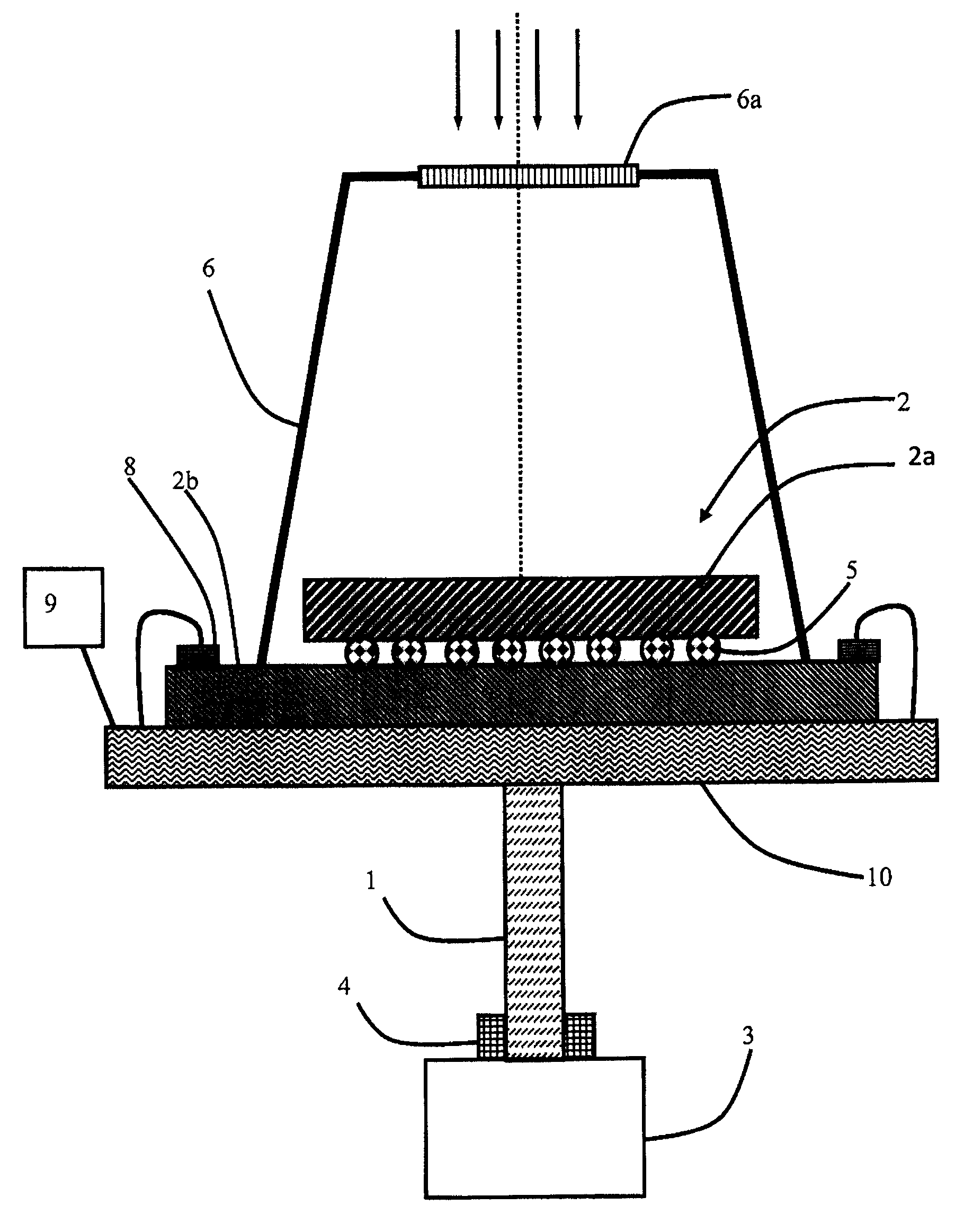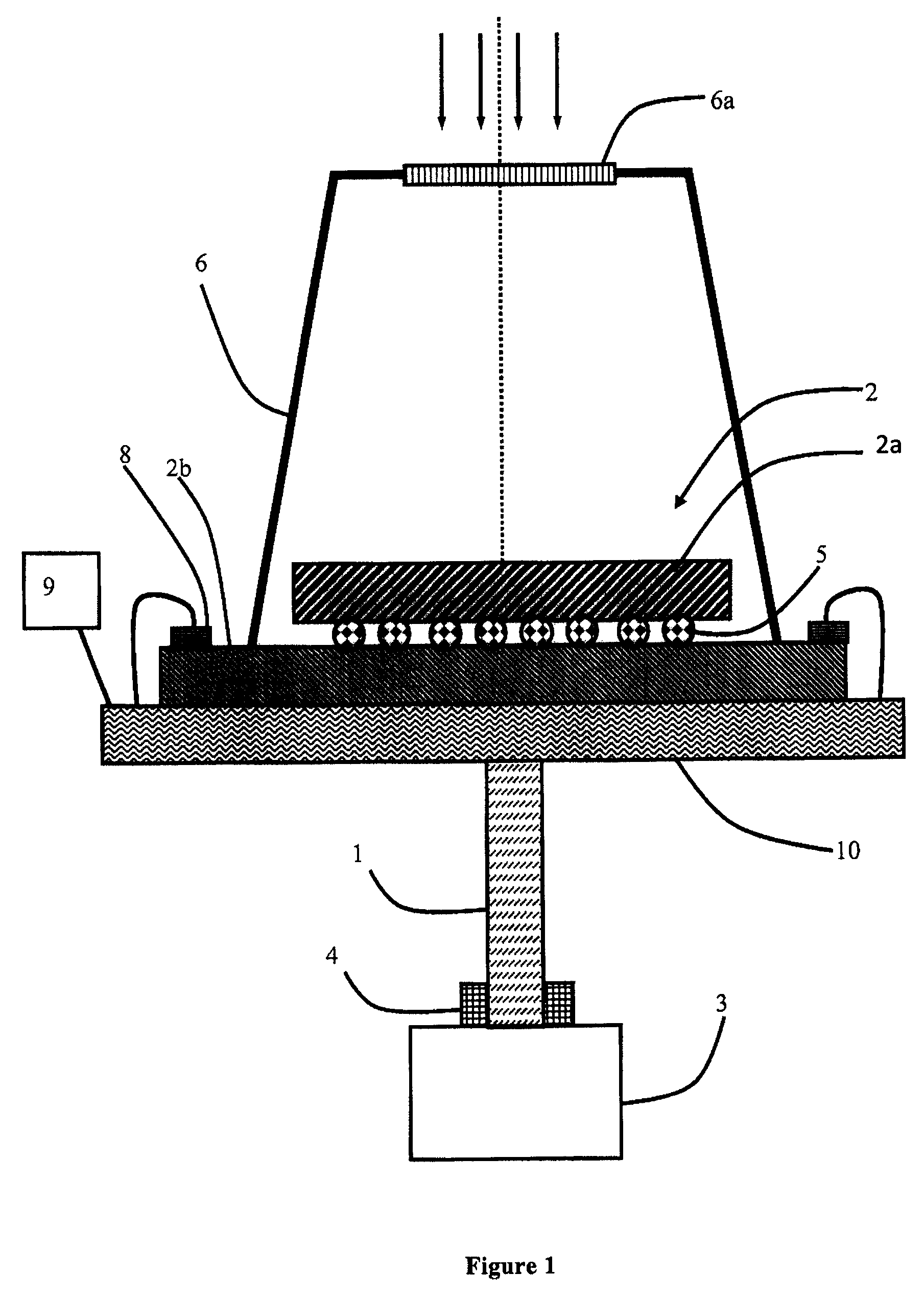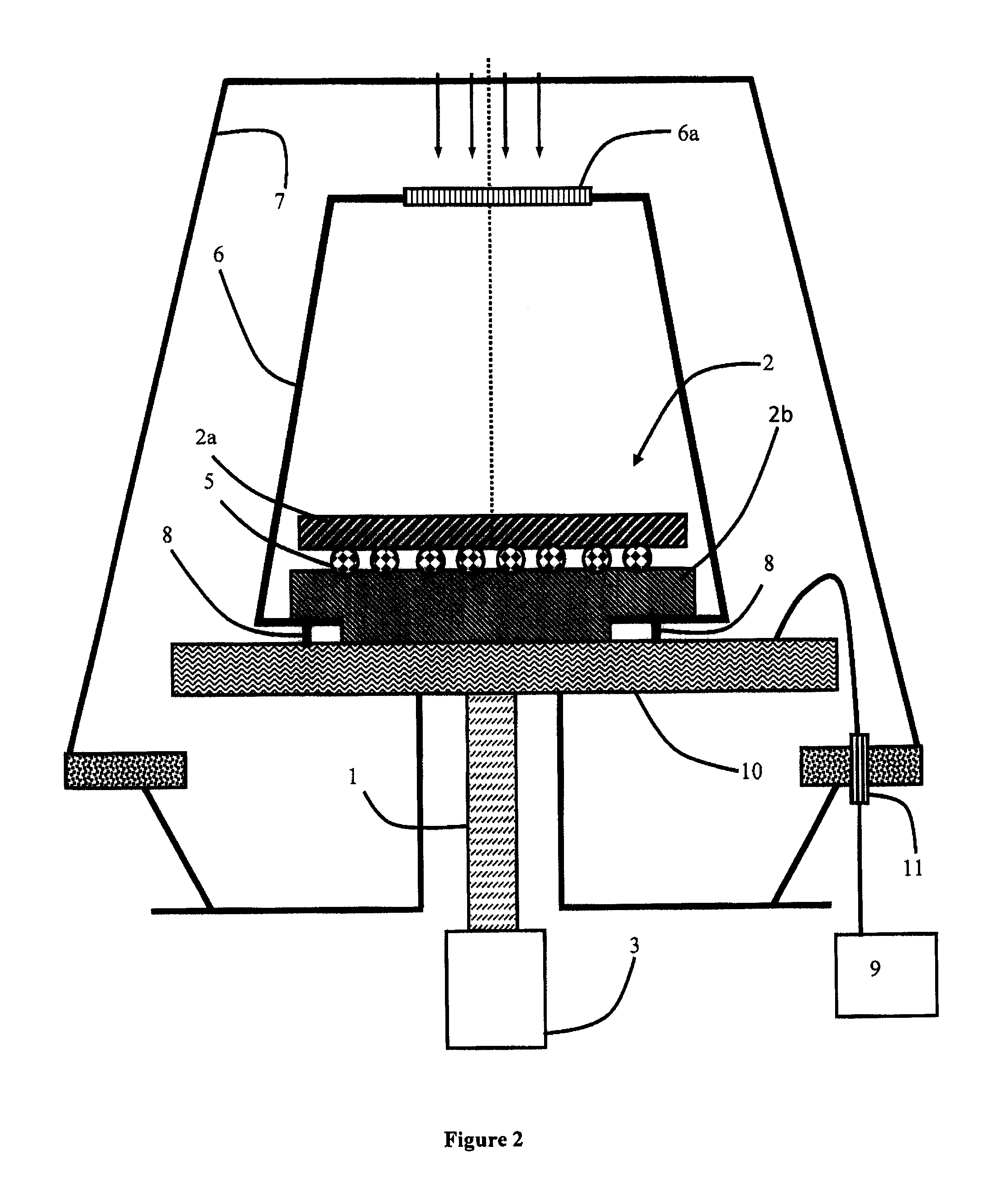Detection device comprising an improved cold finger
a detection device and cold finger technology, applied in solid-state devices, radiation pyrometry, optical radiation measurement, etc., can solve the problems of insufficient rigidity to prevent deformation, difficult implementation of the structure, and insufficient rigidity of the device, etc., to achieve simple and robust design, enhance thermal performance
- Summary
- Abstract
- Description
- Claims
- Application Information
AI Technical Summary
Benefits of technology
Problems solved by technology
Method used
Image
Examples
Embodiment Construction
[0020]FIG. 1 schematically represents a cold finger 1 of a cooled detection device. Cold finger 1 comprises a hollow part of elongated shape. Cold finger 1 is preferably cylindrical in shape and in revolution. Cold finger 1 is designed to connect a detector 2 with a cooling system 3. One end of finger 1 is in contact with the area to be cooled, here the detector, and the other end is in contact with cooling system 3 which is at a higher temperature. A temperature gradient exists along cold finger 1.
[0021]This configuration ensures thermal insulation between the top part of the cold finger, for example at cryogenic temperature, and the bottom part of the cold finger which is at a higher temperature, for example at ambient temperature.
[0022]Cold finger 1 comprises at least one side wall which forms the sides of the finger. The sides of the cold finger can be broken down into one side wall or several side walls. Cold finger 1 advantageously comprises a top which closes cold finger 1, b...
PUM
| Property | Measurement | Unit |
|---|---|---|
| thickness | aaaaa | aaaaa |
| diameter | aaaaa | aaaaa |
| height | aaaaa | aaaaa |
Abstract
Description
Claims
Application Information
 Login to View More
Login to View More - R&D
- Intellectual Property
- Life Sciences
- Materials
- Tech Scout
- Unparalleled Data Quality
- Higher Quality Content
- 60% Fewer Hallucinations
Browse by: Latest US Patents, China's latest patents, Technical Efficacy Thesaurus, Application Domain, Technology Topic, Popular Technical Reports.
© 2025 PatSnap. All rights reserved.Legal|Privacy policy|Modern Slavery Act Transparency Statement|Sitemap|About US| Contact US: help@patsnap.com



